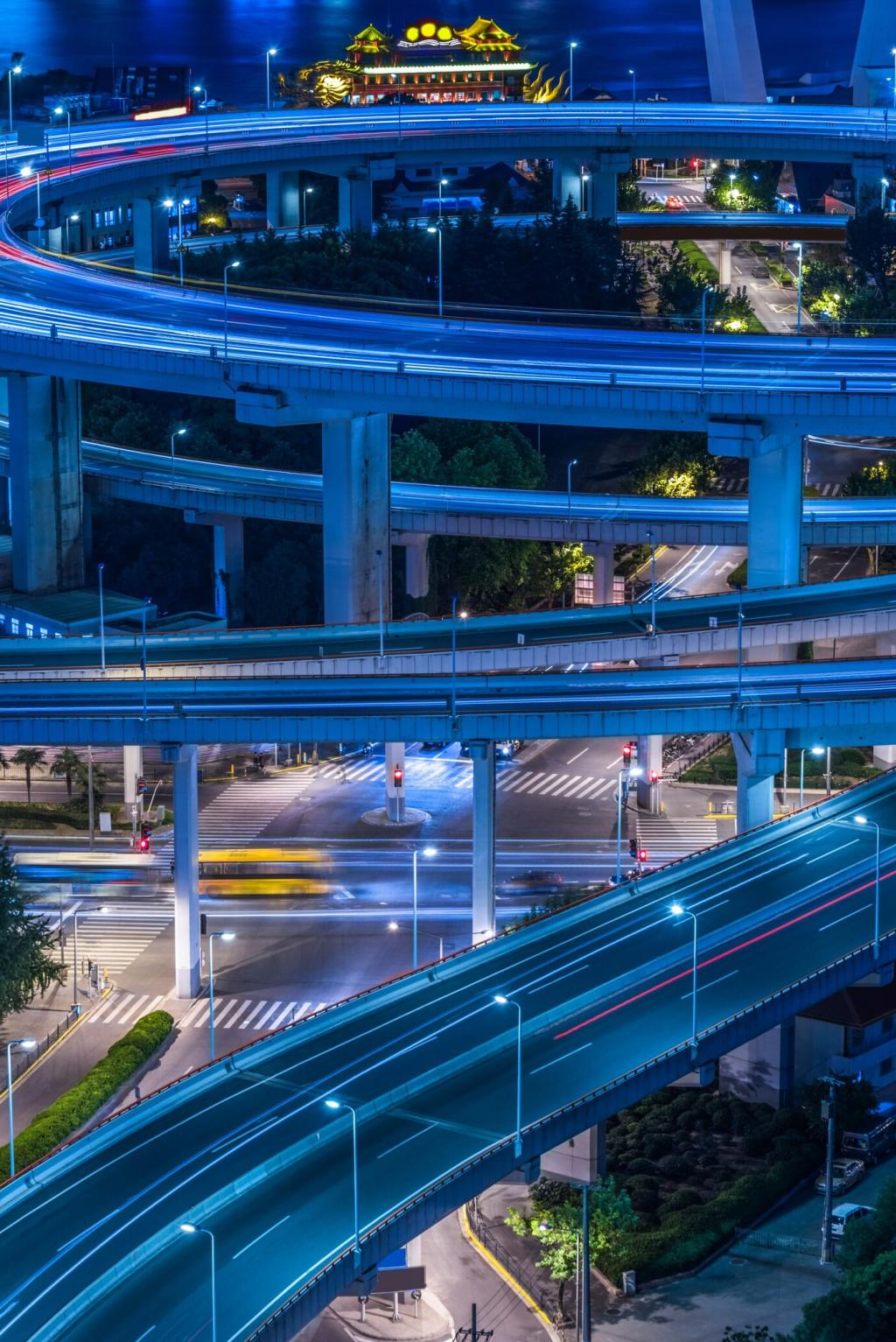Multi-Use Infrastructure: One Element, Many Jobs
Imagine a slim bench that integrates a planter, discreet lighting, and phone charging. Instead of three separate fixtures, one graceful piece offers rest, greenery, and utility—less to maintain, less to trip over, and more to love.
Multi-Use Infrastructure: One Element, Many Jobs
Consolidate lighting, wayfinding, sensors, and small cell hardware on a single, elegant mast with hidden cabling. Standard mounting points keep profiles tidy and upgrades painless, ending the era of every utility staking its own awkward pole.








